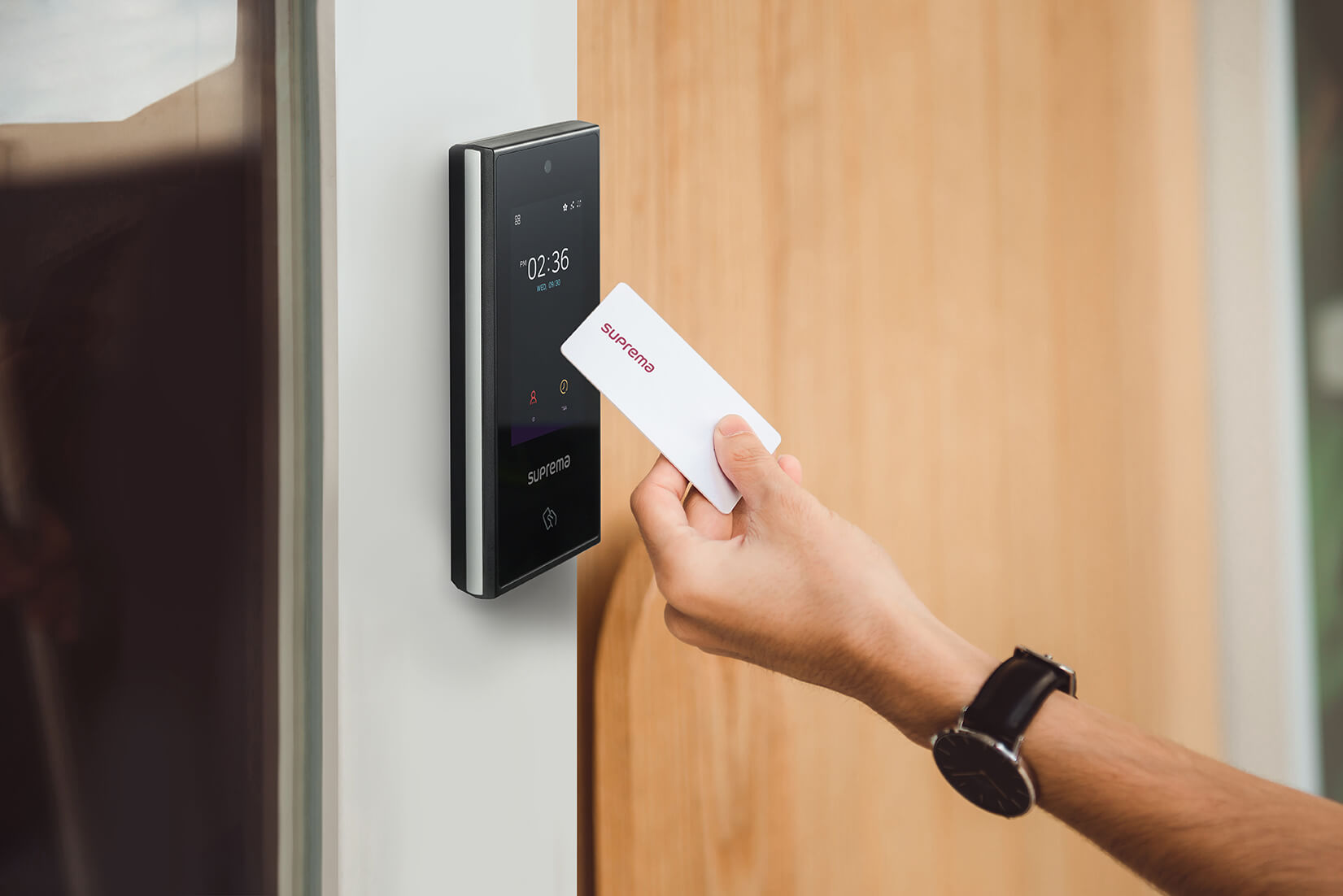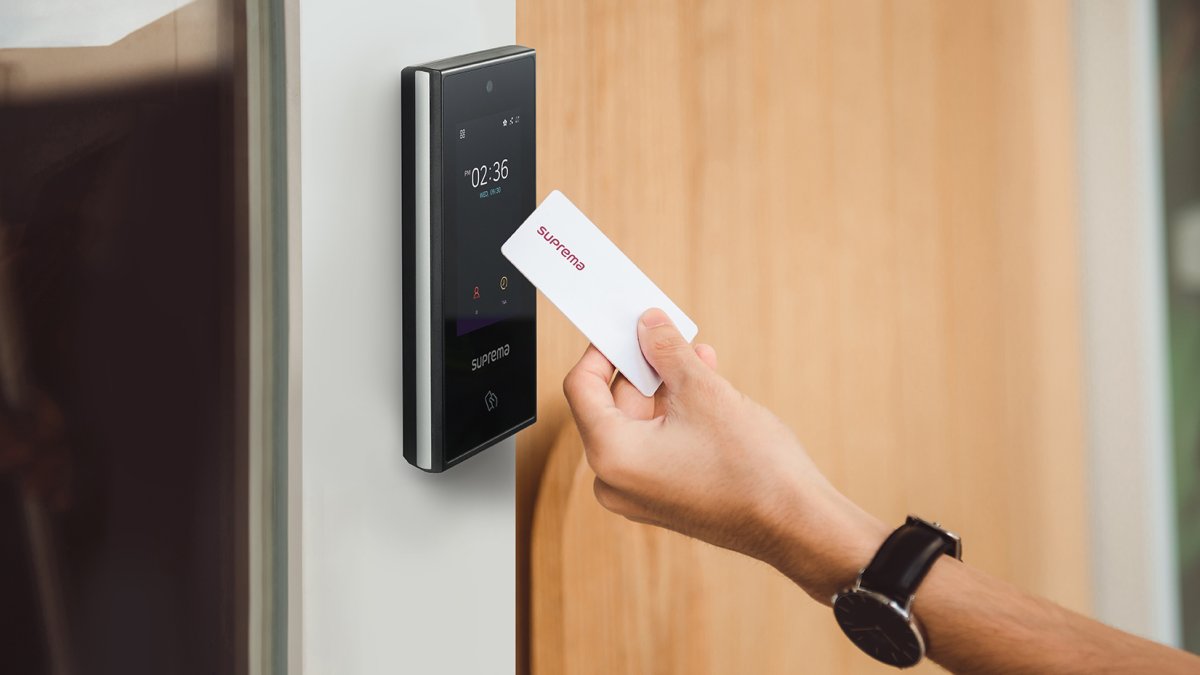
In the digital era, we’ve ushered in a plethora of advancements, reshaping how we interact with our environment. One such innovation, seamlessly merging technology with our need for security, is the biometric door system. Brands like Iconic Aqara door lock lead the pack, offering convenience and safety all in one device. But how have these systems revolutionized our approach to security?
The Rise of Biometrics in Security
The identification and verification of persons based on biological or behavioral characteristics is at the heart of biometric systems. Fingerprint recognition, facial recognition, and even voice patterns have made their way into a variety of security platforms, ranging from cell phones to building access controls. Biometric data is, by definition, unique to everyone, making it difficult for unauthorized employees to acquire access.
Convenience Meets Security
Traditional locks, while functional, had their own set of issues. Many people have experienced lost keys, the annoyance of duplications, and the vulnerability of choosing. These risks are alleviated with biometric door systems. Authorized individuals can acquire access with just a touch or a glance. There’s no need to dig around in a backpack or pocket for a stray bit of metal. Furthermore, biometrics reduces the possibility of stolen or misplaced keys.
Enhanced Features for Modern Living
Modern biometric door systems, such as the Iconic Aqara, go beyond simply identifying your fingerprint or face. Remote access and other integrated features allow homeowners to unlock their doors from their smartphones. Additionally, logs of entry and exit timings are kept, adding an added layer of protection and knowledge about who and when visits the property.
Adaptability and Customization
The versatility of current biometric door systems is one of its most notable features. As families or enterprises develop, it may become necessary to provide or remove access to certain people. Today’s systems enable simple user administration, allowing you to easily add and delete users. Furthermore, some systems provide different levels of access; for example, certain members may only have access at periods, but others may enter at any time. This type of tiered security ensures that access is allowed sparingly, according to the individual demands of a family or business.
Economic and Environmental Benefits
Aside from safety and convenience, biometric door systems have an unspoken advantage: economic and environmental ramifications. Replacements, duplicates, and maintenance are frequently required for traditional lock and key mechanisms. These expenditures accumulate over time. Biometric systems, on the other hand, are more durable and require less maintenance, resulting in long-term cost savings. Fewer metal keys and locks created equals less metal waste, making biometric systems a more environmentally friendly option.
The Growth of Interconnected Smart Home Ecosystems
The home automation industry is quickly increasing. Biometric door systems can help with this by functioning as a gateway (quite literally) to other smart home devices. Consider a scenario in which the door connects with other devices, such as the lights turning on, the thermostat setting to your preferred temperature, and your favorite song starting. Such interconnectedness is no longer the stuff of science fiction. Our houses are growing into integrated centers that respond and adapt to our presence and preferences, with biometric systems at the forefront.
Balancing Privacy Concerns
Despite their convenience and increased security, biometric systems have their detractors, particularly due to privacy and data breach concerns. It is critical to mention that major manufacturers prioritize encryption to keep biometric data private and discreet. Furthermore, many systems save data locally, ensuring that your personal information isn’t floating about in the cloud, vulnerable to hackers.
The Way Forward
Biometric systems are ready to become part of our daily lives as a technological revolution begins. These technologies, which recognize and authenticate people based on unique biological or behavioral attributes, are revolutionizing security and smart living. This evolution’s seamless biometric interaction with smart home gadgets is promising.
Imagine going into your home and the door recognizing you, the lights change to your preference, the thermostat adjusts the room temperature, and your security system deactivates. In addition to convenience, biometrics and smart gadgets can improve safety. The biometric technology can restrict entry to an unusual person and promptly notify homeowners of the breach, ensuring a rapid response. This combination of ease and security will make our homes smarter and safer.
Conclusion
The biometric door system revolution is certainly changing our perceptions of security and convenience. From its versatility to the significant economic and environmental benefits, its advantages go far beyond safety. As these technologies become more integrated into the expanding smart home ecosystems, our living spaces will become not just more secure, but also more in tune with our lifestyles and wants. It’s a hopeful and exciting trajectory that will solidify biometrics as a standard feature in future homes and enterprises.
Martin Ellis
Related posts
Stay connected
Today's pick
- Safety Essentials Every CNC Operator Should Follow DailyCNC machining demands precision, consistency, and discipline—but above all, it requires strict attention to safety. Whether you’re working with mills, lathes, routers, or grinders, every machine has the potential to cause serious injury if mishandled. That’s why CNC operators must follow safety protocols daily, no... The post Safety Essentials Every CNC Operator Should Follow Daily […]

